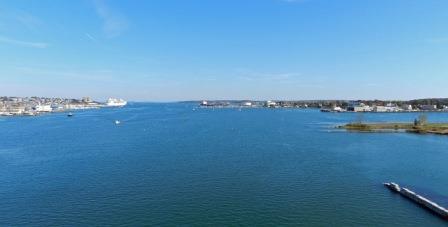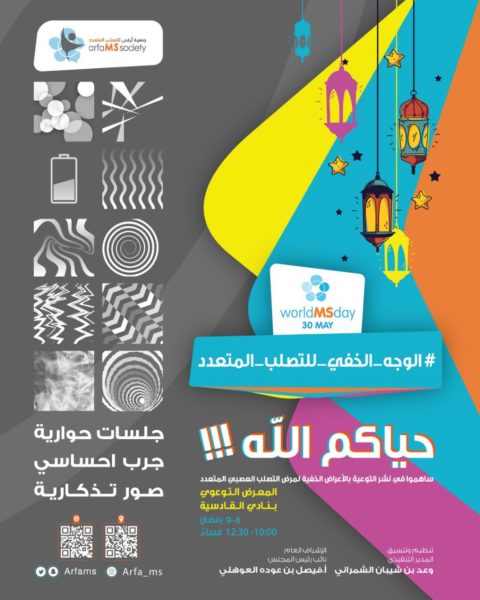Mitch’s story – access to public spaces in the USA
“In South Portland almost everything is wheelchair accessible. I have entertainment, dining, shopping, and municipal services nearby.
“However, my pathway to Maine’s largest city, Portland, is Casco Bay Bridge. Until recently, wheelchair access to that bridge was dreadful.
“On the Portland side of the bridge is the Old Port District, a historic neighborhood that has been revitalized with restaurants, shops, and art galleries. It’s a working waterfront with fresh seafood being unloaded at the piers every day. Cruise ships dock in the Old Port and passengers from all over the world can enjoy beautiful downtown Portland.
“When I wanted to use my wheelchair for the 25 minute walk to Portland I had to decide if it was worth subjecting myself to the coarse, uneven cobblestone street on my side of the bridge. That obstacle was usually daunting enough that I decided to stay home.”
Mitch decided to take action. On May 16, 2013, he sent an email to his City Councillor asking them to make the bridge more accessible. He copied in the City Manager, the Mayor, and the City Engineer. Mitch says this kind of request can move slowly in city government, but he kept up the pressure. He sent his request and two reminders; he had one consultation, one meeting and several discussions. At one point Mitch and the city officials fundamentally disagreed on the best route for the path, but they continued to talk and found a compromise that worked for everyone. In November 2014 the pathway was finally fully accessible.
Mitch told us: “Now, it’s as easy for me to visit the Old Port as it is to enjoy my own neighborhood. My world has expanded.
“My request to the city was to make the bridge more accessible, but the solution was to put a paved path through the adjacent, grassy park. I can now wander through the park by myself, with friends, or with my dog Phoebe, even if I don’t cross the bridge. I never appreciated this small park until I had to access to it.”
“This project has brought me deep satisfaction because I know I played a part in making Casco Bay Bridge and Thomas Knight Park accessible to people in wheelchairs and scooters, slow walkers, mothers pushing strollers, and anyone who has difficulty walking on old, uneven cobblestones. This will work both ways. Residents of Portland can now visit my beautiful neighborhood without access issues. Sometimes, being in a wheelchair, I feel that I am only the recipient of others’ good deeds, and never the provider. I can’t describe how satisfying it feels to contribute to the greater good and know my efforts will make a difference to my friends and neighbors for years to come.”
“When future access issues are raised in the city, we can all look at this path as an example of a community coming together.”

Mitch’s tips for campaigning on access issues where you live:
1. Speak up!
Keeping it to yourself or only complaining to friends does no good. Find out who gets things done in your community – a councilperson or city manager – and speak or write to them. Be friendly, and find something to compliment them on, and then present your case for improved access. Make it about the community, not just about you. Be as specific as possible. Offer to meet city officials in person, ideally at the site of the proposed accessibility project.
2. Follow through!
If city officials commit to considering your issue, follow up with them regularly. Be polite but firm in your tone. If you are not getting results, speak with other city officials, community organizers, or disabled advocacy groups. Don’t give up if one or two people are not cooperating.
3. Look at the details!
Be certain that the proposed solution is acceptable to you. Don’t assume because somebody says they can fix a problem that the solution is actually a good one. If possible, be present during construction. Again, persistence matters.
4. Celebrate your victory!
Write thank you letters to everyone involved. See if you can get the local newspaper to write a story. This will encourage city government and property owners to cooperate with requests like this in the future, and it will encourage other disabled people to speak up.
Related news
Since 2009, you have helped us bring the world together for people with MS. Help us end MS across the…

The global MSIF movement has gone full steam ahead in using the #MyInvisibleMS toolkit, adapting the materials and sharing them…

We asked people from around the world to tell us about their invisible symptoms. In this video Giulia, Diego, Michela,…
